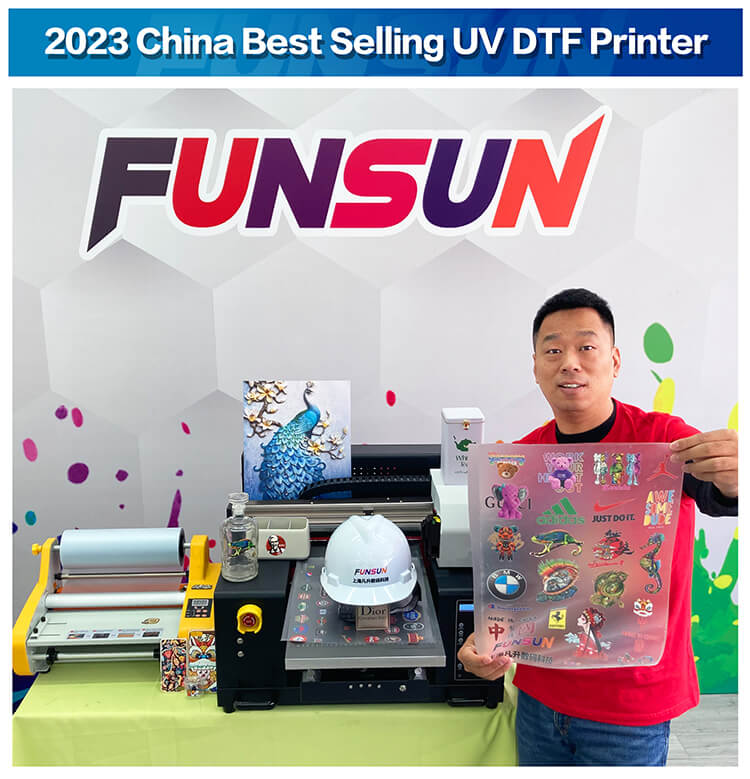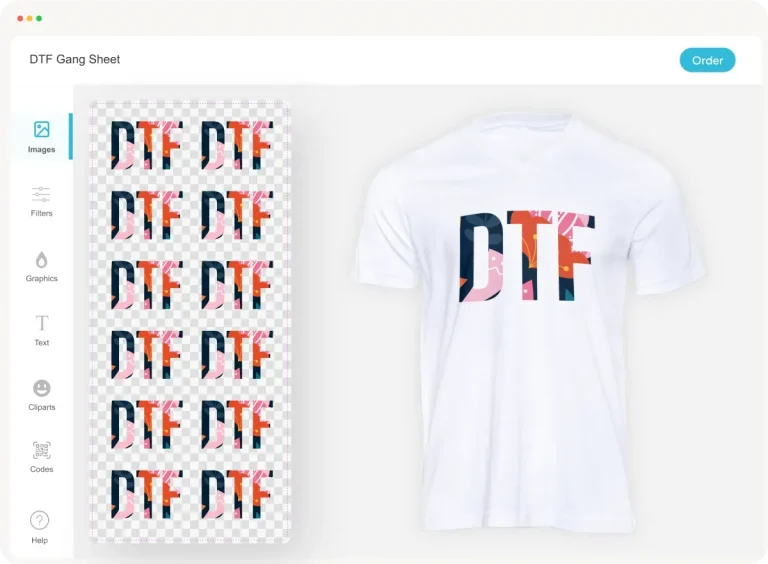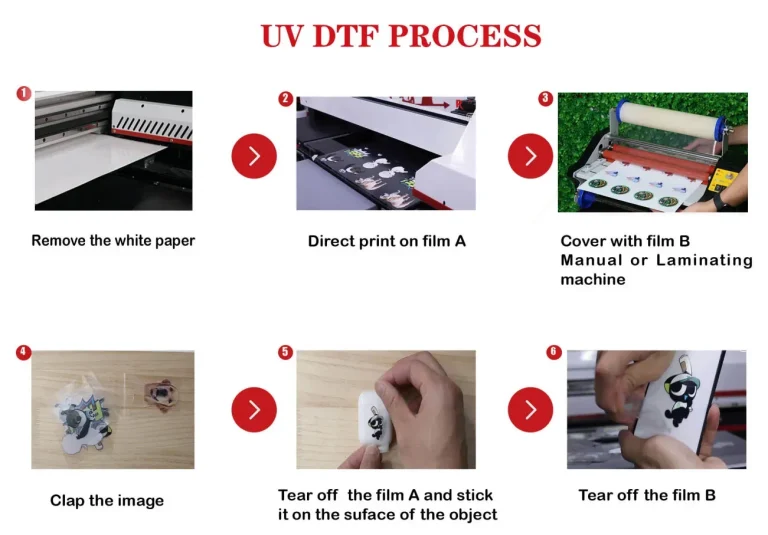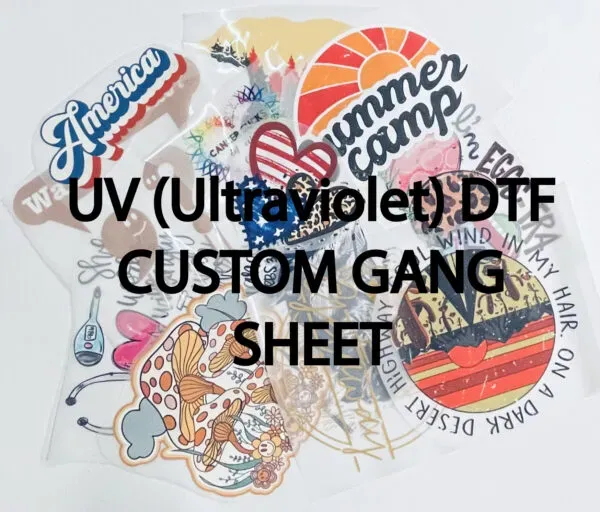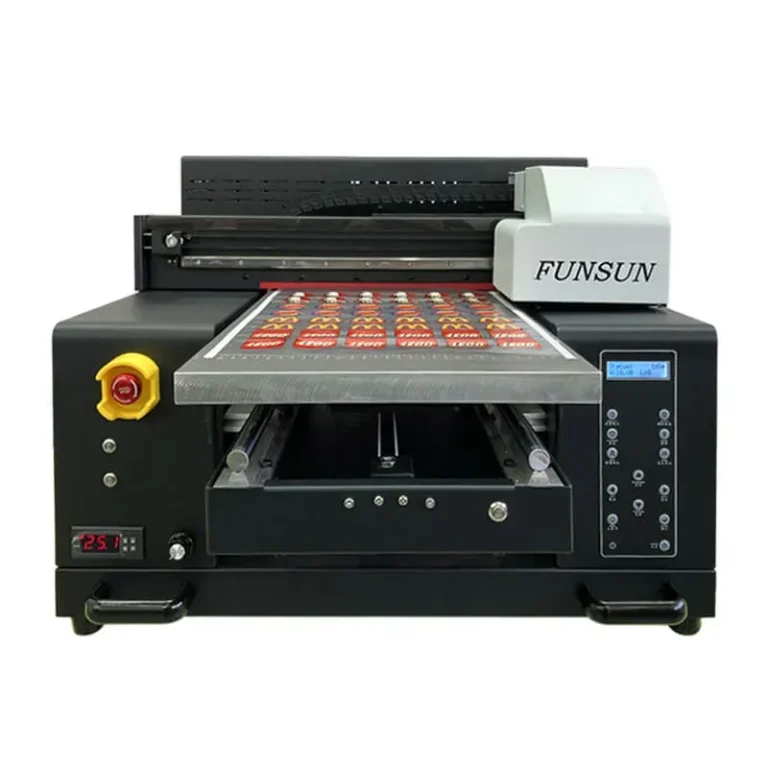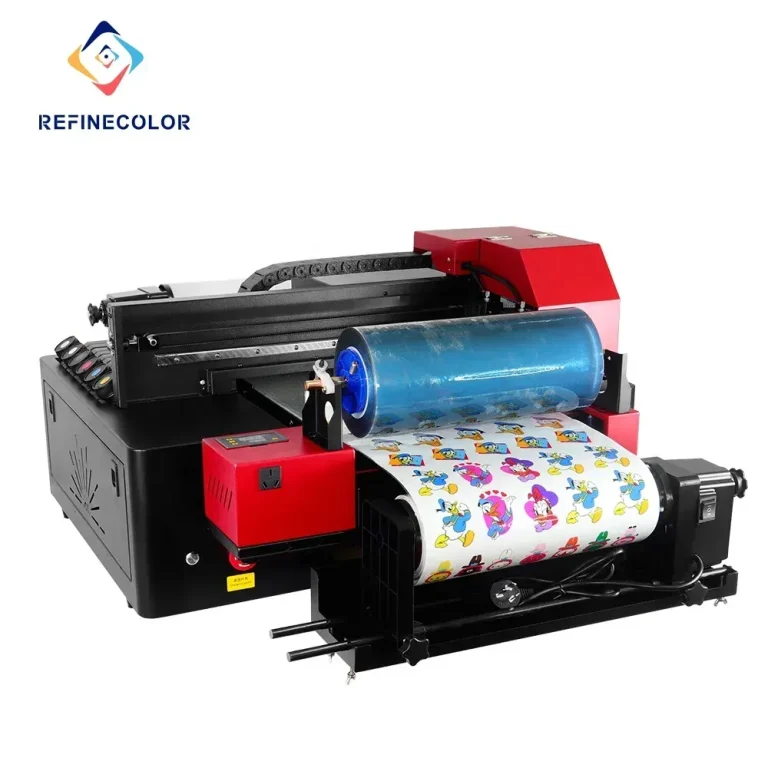UV DTF Printing vs. Traditional Printing: Which to Choose?
In the realm of modern printing, **UV DTF printing** has emerged as a game-changer, captivating businesses with its innovative capabilities. This cutting-edge technology utilizes ultraviolet light to cure inks almost immediately upon printing, resulting in high-resolution images and vibrant colors that elevate print quality to a new standard. Compared to **traditional printing**, UV DTF offers impressive production speeds and superior material compatibility, enabling prints on a diverse range of surfaces, including textiles, vinyl, and even metals. As print quality comparisons highlight the advantages of this technology, many are reevaluating their choices between established methods and futuristic solutions. Join us as we explore the myriad benefits of UV DTF printing and discover whether it’s the right fit for your business needs.
Often dubbed as next-generation printing technology, UV DTF (Direct to Film) printing stands out for its revolutionary approach in the printing sector. This technique not only enhances print precision and infusion of color but also broadens the array of materials that can be utilized, making it suitable for various applications. Unlike conventional printing processes that employ screens and plates, UV DTF presents a streamlined and efficient alternative that resonates well with modern business demands. With its knack for producing high-quality outputs at remarkable speeds, this method emphasizes versatility and sustainability in a way that traditional methods struggle to match. As the industry progresses, exploring alternative printing solutions like UV DTF could signify a pivotal move for those seeking innovation and adaptability.
Understanding UV DTF Printing Technology
**UV DTF (Direct to Film) printing** is a cutting-edge technology that utilizes ultraviolet light to cure inks during the printing process. This method allows for exceptional print quality on a range of materials that includes synthetics, textiles, and non-porous surfaces. The curing process happens almost instantaneously, which not only enhances the color vibrancy but also increases durability and finishes, often resulting in stunning glossy outputs. Furthermore, the precision offered by UV DTF printing enables detailed designs that traditional printing methods may struggle to replicate.
This innovative technology not only ensures high-quality results with striking color fidelity but also provides businesses with greater creative freedom. The ability to print on various substrates without requiring additional treatments sets UV DTF apart from conventional techniques. Additionally, businesses that leverage UV DTF technology can accommodate a variety of client requests, ranging from custom designs to promotional materials, thus broadening their service offerings and market reach.
Frequently Asked Questions
What is UV DTF printing and how does it compare to traditional printing?
**UV DTF printing** is an advanced form of printing that uses ultraviolet light to cure inks as they are applied, allowing for high-quality prints on a wide range of materials. This contrasts with **traditional printing**, which often involves more manual processes and may have limitations on the types of substrates that can be used.
How does the print quality of UV DTF printing stack up against traditional printing methods?
The print quality of **UV DTF printing** is superior due to its rapid drying process and high resolution, allowing for vibrant colors and intricate designs. In comparison, **traditional printing methods** may not achieve the same level of detail or vibrancy, especially on non-porous materials.
What advantages does UV DTF printing offer in terms of production speed compared to traditional printing?
One of the key advantages of **UV DTF printing** is its production speed, as the instant curing of inks allows for immediate handling and finishing. In comparison, **traditional printing** often involves prolonged drying times, making it less efficient for businesses needing quick turnarounds.
Can UV DTF printing be used on a variety of materials like traditional printing?
Yes, **UV DTF printing** excels in material compatibility and can print on various substrates, including fabrics, metals, and glass. In contrast, **traditional printing** methods may have limitations and often require special treatments for non-porous materials.
Is UV DTF printing more cost-effective than traditional printing for businesses?
While the initial investment for **UV DTF printing** equipment may be higher, it can lead to lower operational costs over time due to faster production and reduced material waste. Conversely, **traditional printing methods** may have lower upfront costs but can become more expensive with longer setup times.
How sustainable is UV DTF printing compared to traditional printing methods?
**UV DTF printing** is generally more sustainable, utilizing eco-friendly inks and producing less waste and emissions compared to **traditional printing**, which can generate more waste and require more resources during setup and production.
| Aspect | UV DTF Printing | Traditional Printing |
|---|---|---|
| Technology | Employs UV light to cure inks, versatile on various materials. | Uses physical screens or plates; may struggle with non-porous materials. |
| Print Quality | High resolution, vibrant colors, minimal smudging. | Good quality but less precision on complex designs. |
| Production Speed | Instant curing allows for quick handling and finishing. | Slower setup leads to delays, especially for custom orders. |
| Material Compatibility | Compatible with textiles, vinyl, hard surfaces, etc. | Limited substrate options, often requires special treatment. |
| Cost Considerations | Higher initial investment but lower long-term operational costs. | Lower initial costs, but potential for higher overall expenses. |
| Sustainability | Uses eco-friendly inks, generates less waste. | More waste from setups and excess inks. |
Summary
UV DTF printing is revolutionizing the printing industry with its innovative technology and superior results. Unlike traditional printing methods that may limit your material options and increase production times, UV DTF printing allows businesses to achieve vibrant colors and intricate designs quickly and efficiently. This process not only enhances print quality but also supports eco-friendly practices, making it a sustainable choice. As the market continues to evolve, those who adopt UV DTF printing can stay ahead of the competition by meeting diverse client needs while enjoying faster turnaround times and reduced operational costs. Choosing UV DTF printing could be a wise investment for businesses aiming for growth and excellence.

